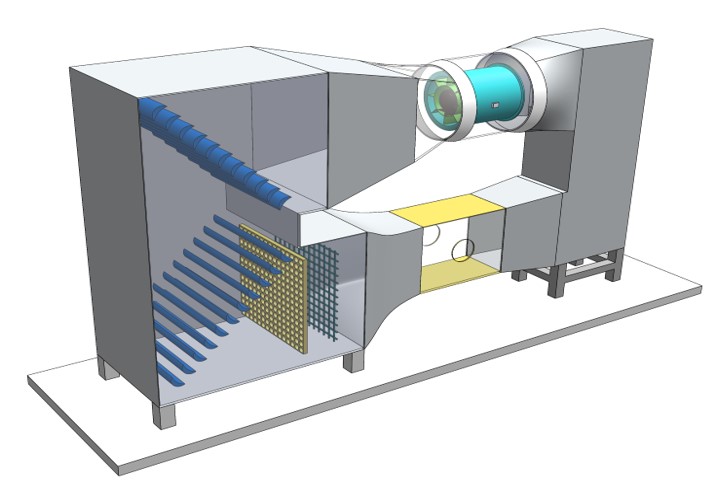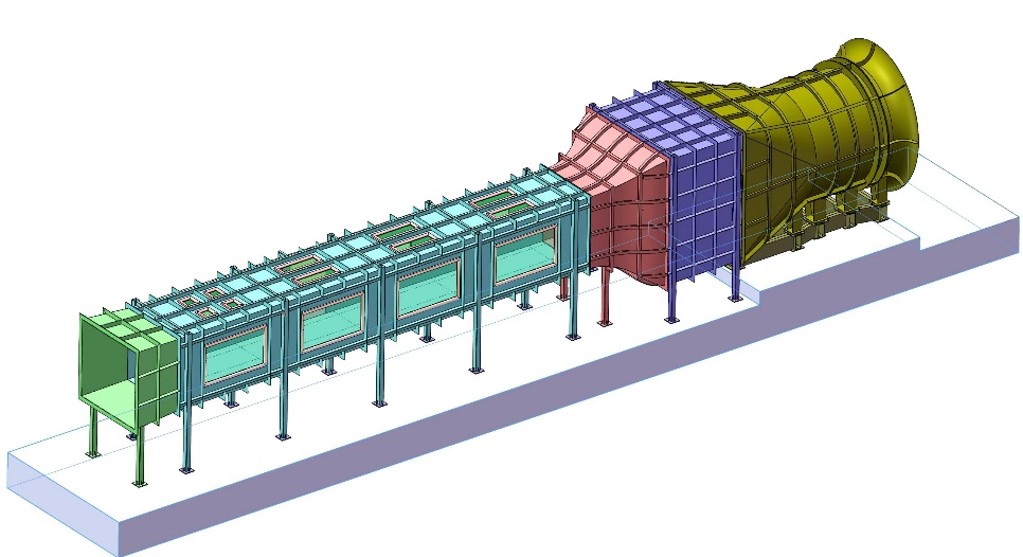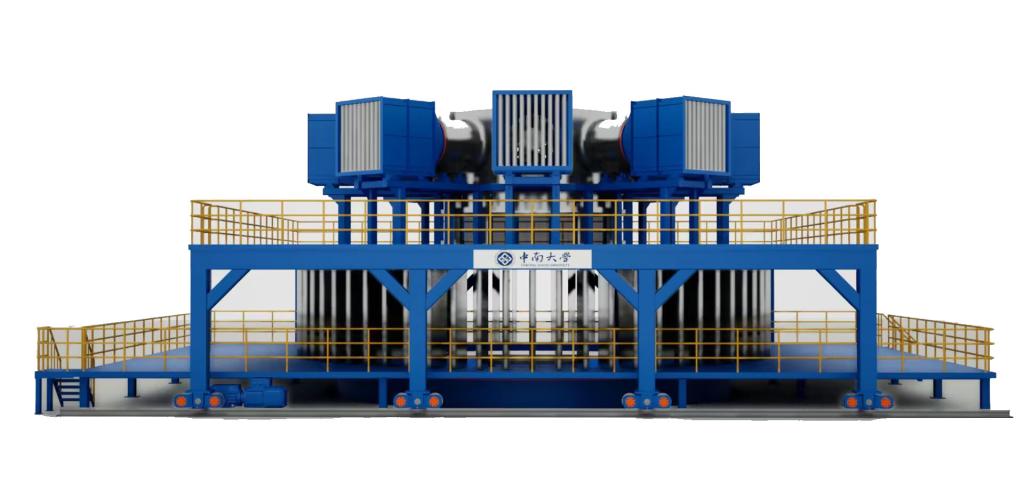The Wind Engineering Research Center of Central South University has five advanced wind tunnel experimental platforms, including CSU-WT1 closed-circuit wind tunnel, CSU-WT2 closed-circuit wind tunnel, CSU-WT3 open-jet wind tunnel, CSU-WT4 open-jet wind tunnel, and CSU-WT5 tornado simulator. The center currently has 15 full-time researchers, including 8 professors, 6 associate professors, and 1 lecturer, 1 engineer, and 5 postdoctoral researchers.
The main research fields of the center include bridge wind engineering, high-speed train-bridge system aerodynamics, high-rise building wind load and wind-induced vibration, bluff body aerodynamics and flow control, vehicle aerodynamics, new energy structure wind resistance, etc. In recent years, the center has completed a number of major scientific research projects and major engineering and technological breakthroughs.
The center has trained nearly 100 master's and doctoral graduates, and there are more than 100 master's and doctoral students currently studying. The center is committed to providing good scientific research conditions and teaching environment for graduate students, encouraging students to actively participate in academic seminars and academic exchanges, and creating conditions for the all-round development of students.
CSU-WT1 wind tunnel
The CSU-WT1 wind tunnel was completed and officially put into use in 2012. The wind tunnel is a closed-circuit low-speed wind tunnel with a fully steel structure. The main circuit of the wind tunnel consists of two experimental sections, one power section, two stable sections, two contraction sections, three diffusion sections, and six corner sections. The power section is composed of six 335KW DC motor driven axial fans arranged in parallel to form an array fan section. There are two test sections in the CSU-WT1, with a low-speed test section of 12 m wide, 3.5 m high, and 18 m long, with a wind speed range of 0-20 m/s and turbulence intensity less than 1%; The high-speed test section is 3 m wide, 3 meters high, and 15 m long, with a wind speed range of 0-94 m/s and turbulence intensity less than 0.5%. The CSU-WT1 is equipped with advanced instruments and equipment such as high-frequency electronic pressure scanner, high-frequency wind tunnel balance, cobra probe, hot wire anemometer, laser displacement sensor, three component force sensor, micro pressure sensor, acceleration sensor, dynamic data acquisition and analysis system, which is suitable for carrying out aerodynamic research on bridge wind engineering, train aerodynamics, structural wind engineering, wind environment, wind energy utilization, etc.

CSU-WT2 wind tunnel
The CSU-WT2 wind tunnel was completed in 2022 and is a closed-circuit wind tunnel. The experimental section is 1.5m long, 0.8m wide, and 1.2m high, with continuously adjustable wind speeds in the range of 2-30m/s, and turbulence intensity less than 1%.

CSU-WT3 wind tunnel
The CSU-WT3 wind tunnel was completed in 2013 and is an open-jet wind tunnel. The experimental section is 1.2 m long, 0.45 m wide and 0.45 m high, with continuously adjustable wind speeds in the range of 0-42 m/s, and turbulence intensity less than 0.6%.

CSU-WT4 wind tunnel
CSU-WT4 wind tunnel was completed in 2022 and is an open-jet wind tunnel. The experimental section is 15 m long, 2.2 m wide and 2 m high, with continuously adjustable wind speeds in the range of 0-35 m/s, and turbulence intensity less than 1%.

CSU-WT5 wind tunnel
CSU-WT5 wind tunnel was completed in 2023 and is a tornado simulator. The tornado simulator is driven by 8 fans, with an experimental area diameter of 12 m, an ascending airflow channel of 5 m, a simulated vortex core radius of 2 m, a vortex ratio of 0-2.0, and a maximum tangential wind speed of 30 m/s.


